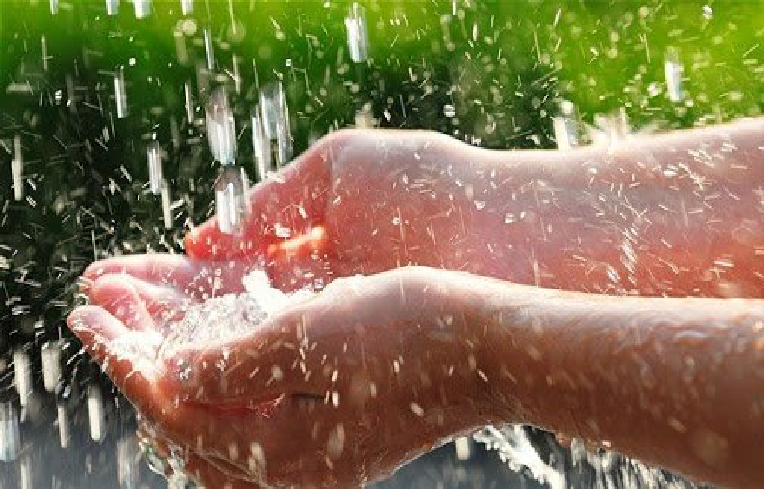News
Ancient Water Systems To Help Ease Water Stress?
New research has suggested that water scarcity in South America could be alleviated by the use of ancient water systems dating back to before the Incan Empire, which could help to support water availability during the dry season in Lima.
As the team at Imperial College London explains, those who live in the coastal region of Peru have to rely on surface water coming down from the Andes for crop and animal farming, industry and drinking water. During the wet season, this isn’t problematic but when the dry season comes around (between May and October), water is scarce.
But after studying a water system found in Huamantanga in Peru (one of the last few remaining), the scientists found that reviving these kinds of systems could help to save water from the wet season for when it’s more desperately needed.
In 600 AD, ancient Peruvian civilisations built ponds and canals around mountains so that excess rainwater would be diverted from source streams through rocks and onto mountain slopes. It would take months for the water to make its way through the canals and ponds, resurfacing downstream in time for the dry season.
It was found that the water took between two weeks and eight months to resurface, on average taking 45 days to reemerge. Based on this, if governments scaled up the systems to take into account the population size of Peru today, they could be rerouted and delay 35 per cent of water from the wet season – the equivalent of 99 million cubic metres of water a year through the natural terrain of Lima.
What this would mean is that the water available in the dry season could be increased by up to 33 per cent in the early months and 7.5 per cent on average for the remaining months.
“With the advent of modern science, you’d be forgiven for wondering how ancient methods could apply to modern day problems. However, it turns out that we have lots to learn from our ancestors’ creative problem-solving skills,” lead author of the study Dr Boris Ochoa-Tocach
explained.
Senior author Dr wouter Buytaert went on to add: “Like many tropical cities, Lima’s population is growing fast – too fast for water reserves to keep up during dry seasons.Upscaling existing ancient infrastructure could help relieve Peru’s wet months of water and quench its dry ones.”
You can read more on this report and the project itself over on the Sustainability Community website. As explained, the community of Huamantanga – made up of about 600 people – live in a semiarid region with water scarcity issues throughout most of the year. To cope, they developed a water harvesting practice called Mamanteo, which provides them with water for a big part of the dry season.
Production is limited by water availability, which has an impact on poverty and migration. The community can be found in the source headwater area of a river basin that provides Lma with water. Lima, the second biggest desert city in the world, seriously depends on local water management practices.
Do you need to speak to water management consultants about how to save water at work? Get in touch with us today.
